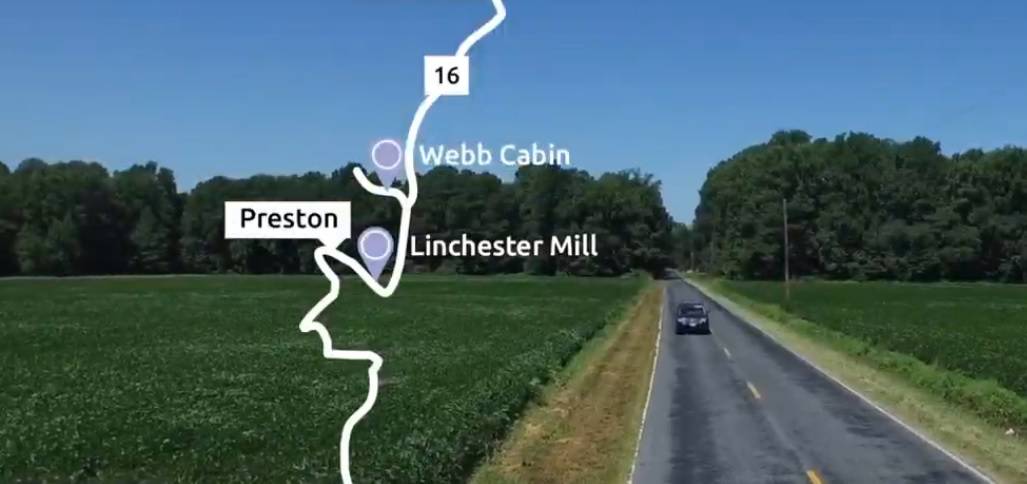Climate change is forcing archaeologists to save as much of Harriet Tubman’s legacy as possible before it is claimed by the sea.
Along the eastern coast of the United States is a 360-kilometer scenic trail that celebrates the life of Harriet Tubman, a much-revered African American woman who escaped from slavery in 1849. She committed much of her life as a free woman to abolishing slavery while helping others escape along the secret Underground Railroad route until they reached the northern U.S. too.
The Harriet Tubman Byway stretches across the states of Maryland and Delaware with 45 stops along the way. They include smaller attractions, like the cabin where Tubman’s family lived and a Civil War-era church built by African Americans in 1864, but there’s also The Harriet Tubman Underground Railroad Visitor Center, a site developed by the U.S. National Park Service and their state counterparts. It just opened four years ago.
There’s a problem, though: sea level rise is steadily encroaching on the historic sites, which may one day disappear. That’s according to a new research brief published by Climate Central, an independent U.S. organization that seeks to connect the dots between climate-linked extreme events and impacts to humans such as flood damage, declines in coastal property values – and now, the loss of archaeological and cultural treasure.
The Malone’s Church is one example of how Tubman’s legacy has been rightly elevated, but the sites have not.
“The free Black people who attended this church created an important social network for Tubman, and oral history suggests she lived near the church as a free woman,” the research brief explains. “Our analysis of the Malone Methodist Episcopal Church estimates that most of the area around the building is experiencing chronic flood risk now, and the entire footprint of the church will experience chronic flood risk by 2050.”
Parts of the adjacent cemetery, with its historic headstones, already face chronic flood risk (meaning at least one flood annually) and the entire space will be threatened by 2060, assuming a worst-case scenario on climate action. “In the latter half of the century, both the church and the cemetery could experience almost monthly flood risk events,” the researchers add.
The visitor center itself already sees 18 percent of the site at chronic flood risk, with a forecast rise to 91 percent in 2050 and the entire property threatened by 2060. Another noteworthy attraction is Joseph Stewart’s Canal, a seven-mile waterway dug out in the early 1800s by African Americans and used as part of the Underground Railroad and its network of travel routes and safe houses for slaves fleeing the South.
By the end of the century, it may be inaccessible. This part of the U.S. coast is low-lying land, much of it marshy, and even now the narrow country roads that connect these communities often flood. Many of the Tubman sites sit just a few meters above sea level. All told, some 41 of the 45 sites face chronic flood threats by 2100.
“Even certain times of the year when I’m out here, I can’t always access the site,” said chief archaeologist Julie Schablitsky in an interview with NBC Washington, a partner on Climate Central’s Tubman research project.
The sea level rise has forced a sense of urgency among archaeology experts and museum officials seeking to protect as much of Tubman’s legacy as possible and learn what history they can before it’s claimed by the sea.
This story first appeared on Sustainability Times
South Africa Today
© 2021 Sustainability Times.
This article is licensed under a Creative Commons Attribution-ShareAlike 4.0 SA International License.












